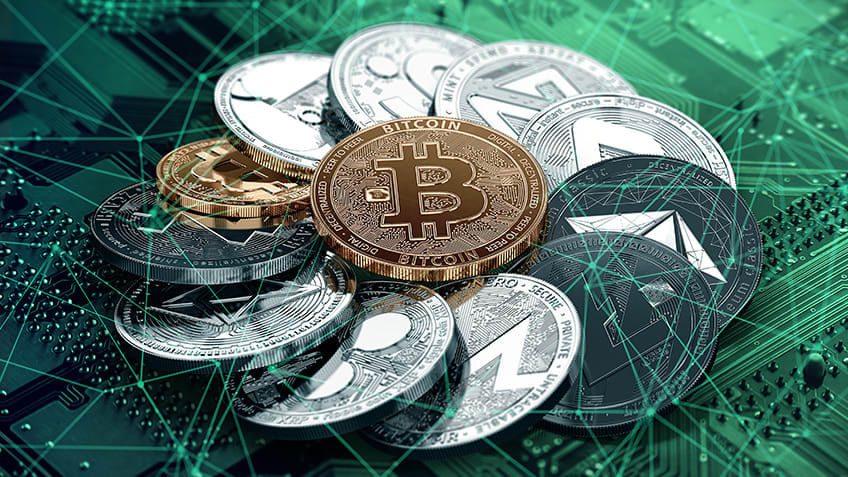The History Of Money
Money is what we use every day, and has a long and intriguing history. It has changed a lot from the old days when people traded things directly to today’s digital currencies. Learning about the history of money helps us to understand how our economy works and how it is different from what we use now.
Early Barter System
In the past, before money existed, people used bartering to trade goods. This means they switched goods and services directly. For example, if someone had extra grain but needed meat, they would go to other people who had extra meat but needed grain. This system was actually quite hard because both people had to want what the other had, which made trading difficult.

Advent of Commodity Money
To solve the problems with bartering, people started using commodities, or items that are valuable, as money. Products like grains, animals, and precious metals became common forms of money because they are useful in some ways and everyone agreed that they are valuable. Metals are especially good because they last a long time, easy to divide into small pieces, and can be carried easily. The first coin was made by Lydians around 600 BCE.

Rise of Fiat Money
As societies became bigger, carrying around an abundance of metal coins became impractical. This led to the creation of fiat money. Fiat money is paper money that has value because the government says it contains a value. The first fiat money was used in China during the Tang Dynasty, and it became more prevalent during the Song Dynasty. Eventually, the idea was spread to other countries of the world. Fiat money works because people trust the government to keep its value steady and accept it for payments and taxes.

Birth of Paper Money
Paper money started as substitutes for gold or silver deposits that people could exchange at banks. These receipts were easier to carry than metal coins. In the 1600s, banks in Europe, like the Bank of England, began issuing banknotes. At first, these banknotes were backed by gold or silver, but over time they became the modern paper money we use these days.

Gold Standard and Its End
In the 19th century, many countries linked their money to a certain amount of gold. This was called the gold standard and it helped to make international trade easier because the value of money was stable. However, during World War I, countries stopped using the gold standard to pay for the war. Although some tried to return to it, the great depression of the 1930s made it clear that the gold standard had lots of problems. In 1971, the United States stopped correlating its money to gold, which marked the end of the gold standard and the beginning of the modern system of money.

Digital and Cryptocurrencies
In the late 20th and early 21st centuries, digital money became popular. Credit cards, online banking, and payment systems changed how we use money. The internet made it possible to send money around the world without using actual physical money.
In 2009, Bitcoin was known to be created by a person using the name Satoshi Nakamoto. Bitcoin was the first cryptocurrency, a type of digital money that doesn’t rely on any government or bank. Instead, Bitcoin uses technology called blockchain to keep transactions secure. Bitcoin led to the creation of many other cryptocurrencies, each with its own features.

Conclusion
The history of money shows how people have always found ways to trade and store value. Starting from bartering to digital currencies, money has evolved to meet the standards of society. By understanding this history, we can better understand how our current money system works and what the future might look like. As it is stated above, knowing about the history of money will help people to understand the currency more in depth with knowing the crucial role that cryptocurrency is holding.
